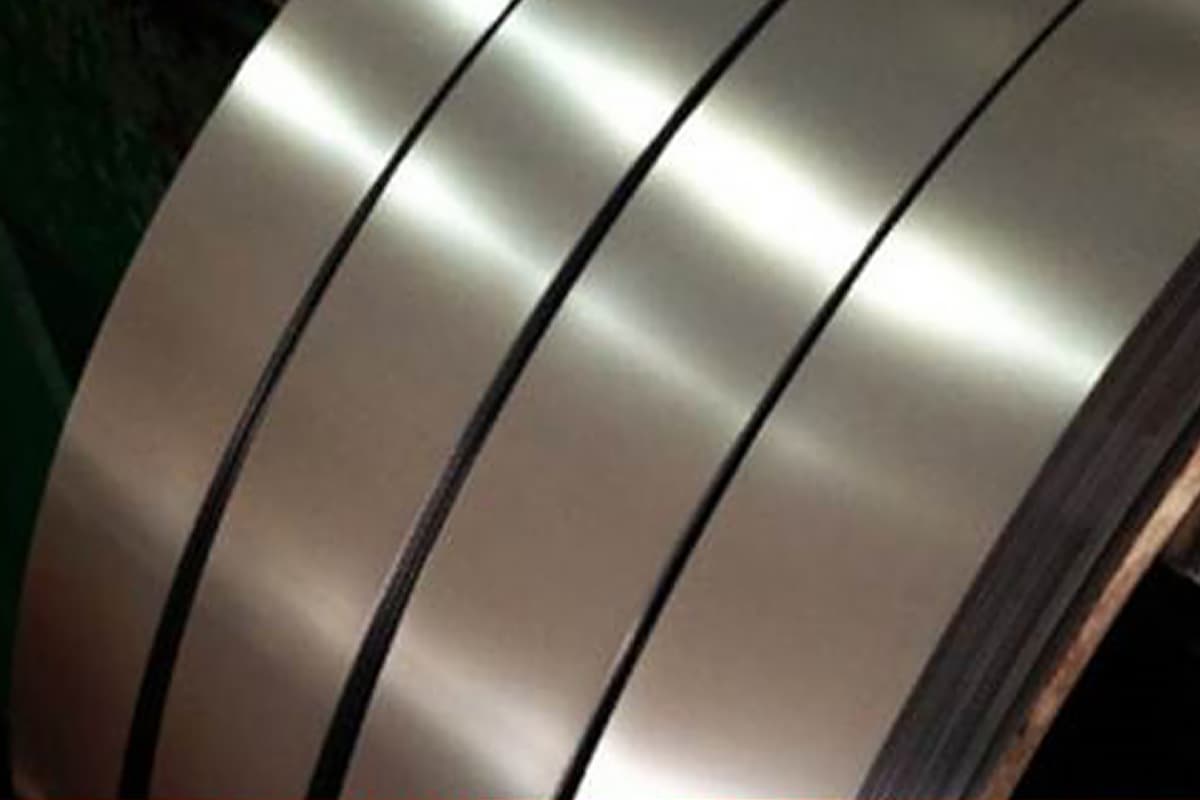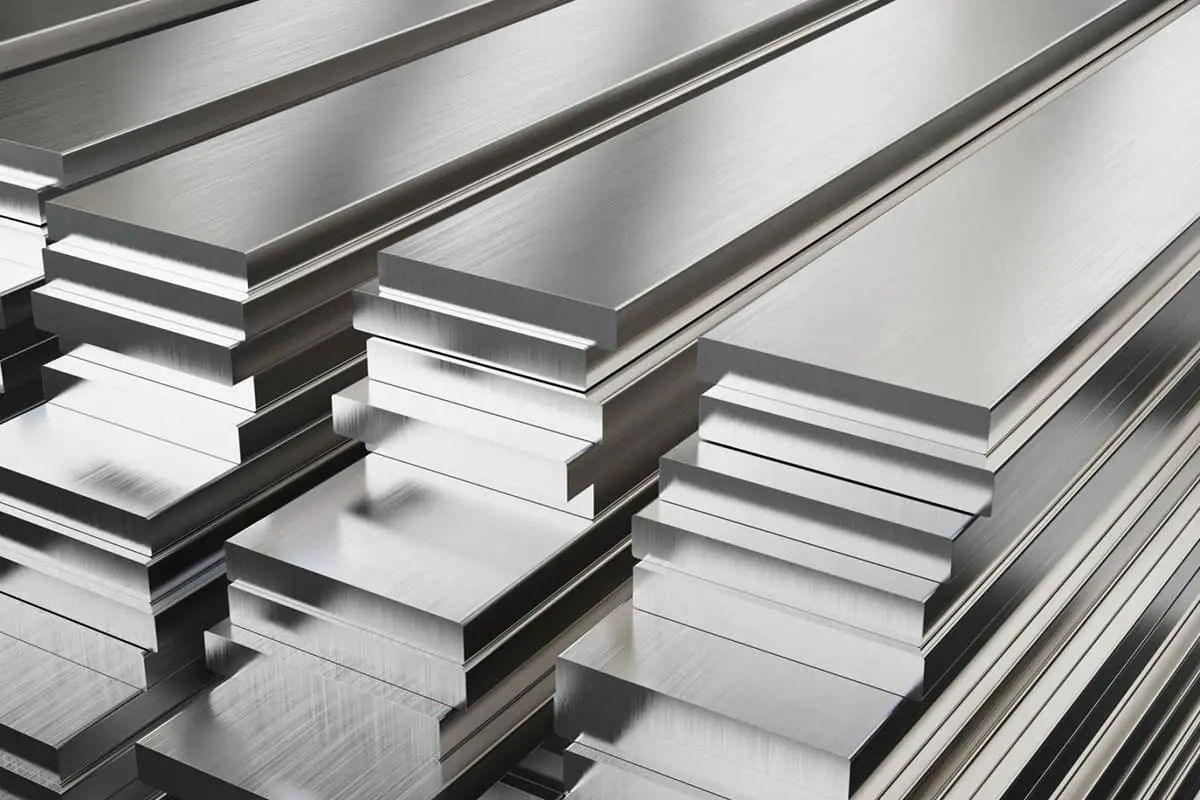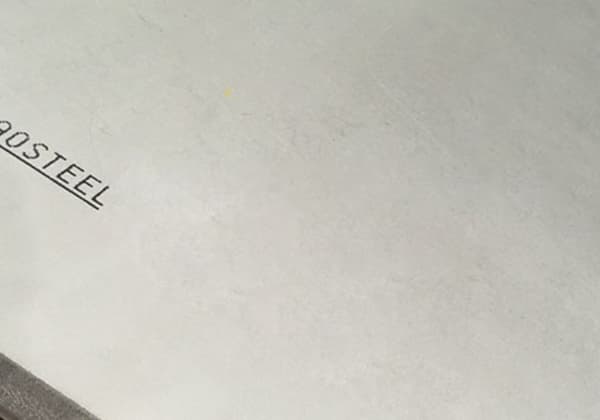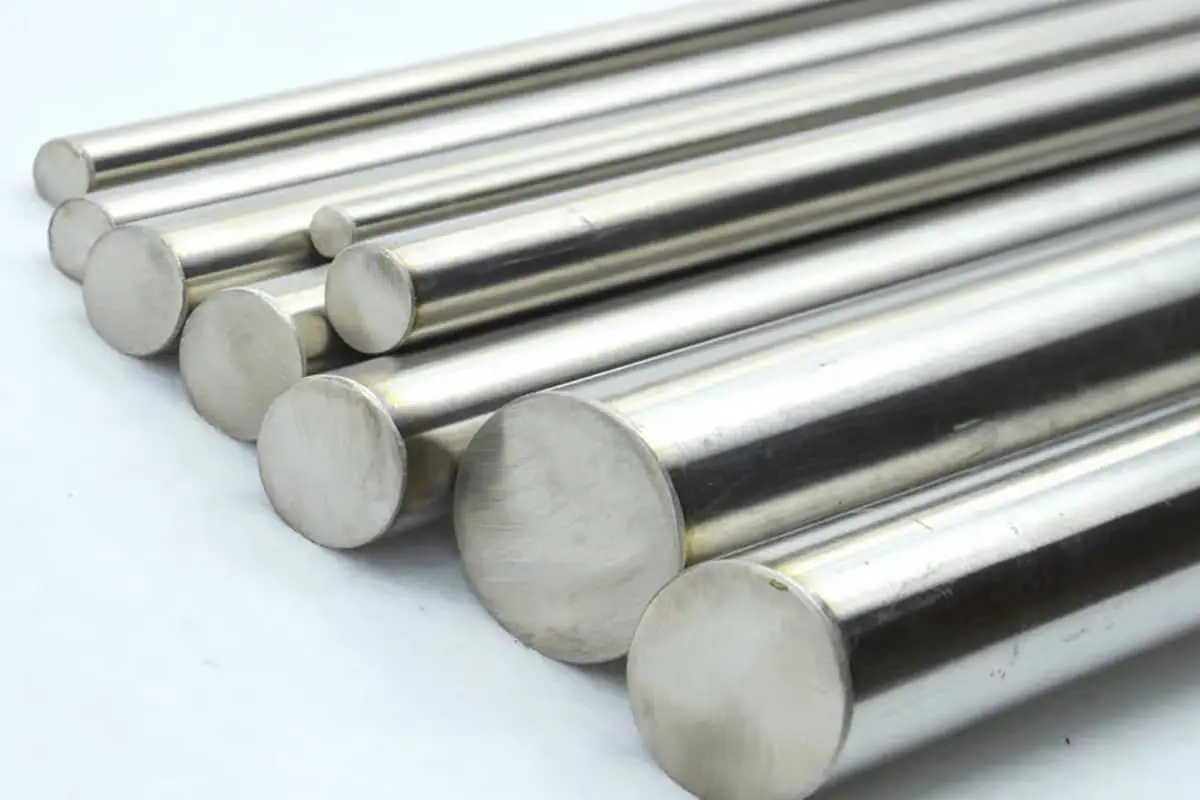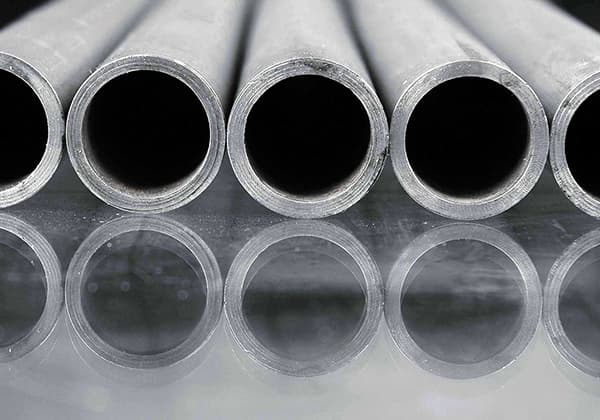
Ever wondered why some stainless steel items rust while others remain pristine? This article reveals the key differences between 201 and 304 stainless steels. Learn how to identify each type and understand their best uses, ensuring you make the right choice for your needs.
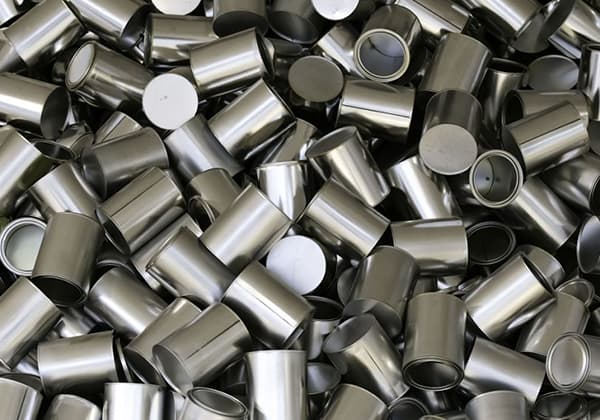
How to distinguish 201 and 304 stainless steels?
This article will provide a comprehensive analysis of the key differences between stainless steel grades 304 and 201, enabling you to accurately identify and differentiate these alloys in various industrial applications.
Stainless steel grades 304 and 201 are both austenitic stainless steels widely used in manufacturing, but they possess distinct characteristics that affect their performance, cost, and suitability for specific applications. Understanding these differences is crucial for engineers, fabricators, and procurement specialists to make informed decisions in material selection and processing.
Differences and resolution methods between 201 and 304 stainless steels
| No. | Contrast item | 201 | 304 |
| 1 | Nickel content (Ni) | <2% | 8-10.5% |
| 2 | Price | About 7 yuan/kg | About 14 yuan/kg |
| 3 | Liquid medicine reaction | Low Ni measuring solution (201), electrified and oxidized for 2-5s, showing rose red | Ni8 measuring solution (304), which lasts for 5-8 seconds after being electrified and oxidized, is red, that is, 304 or the material with more than 8% nickel content |
| 4 | Grinding spark status | Sparks are relatively scattered | Continuous long spark |
| 5 | Color sense | Compared with 304201 cold-rolled stainless steel plate, the surface is white | Compared with 201304 cold-rolled stainless steel plate, it is gray (the actual observation is not obvious, but the difference can still be seen) |
| 6 | Surface tactility | Compared with 304,201 cold-rolled stainless steel plate, the surface is more slippery; Slightly fold a corner of 201 cold-rolled stainless steel plate. After release, it will basically remain in its original state. If it is 304, it will have relatively obvious bending deformation | |
Reminder:
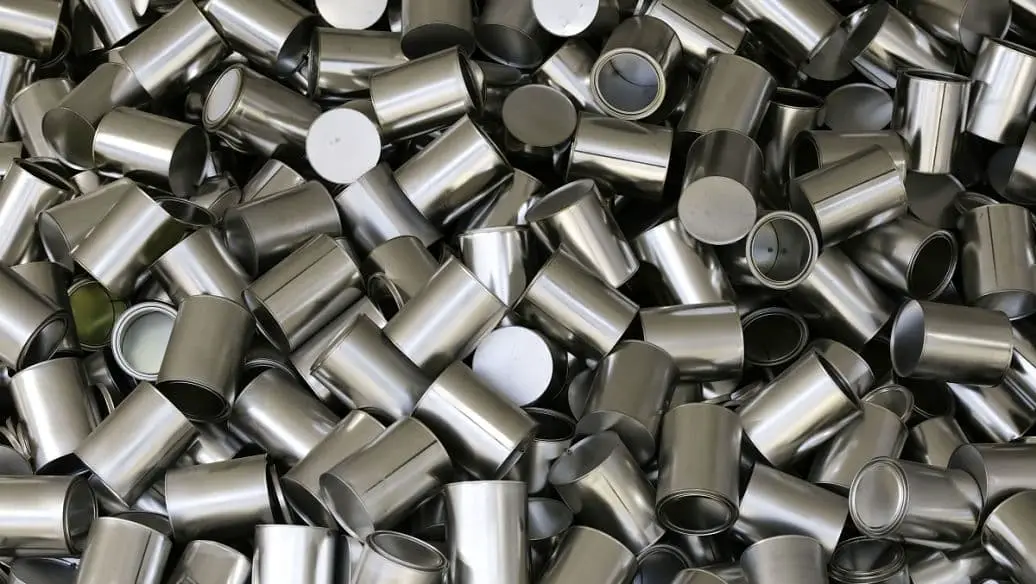
The following is a comprehensive analysis of the chemical composition differences and identification methods between 201 and 304 stainless steels.
304 stainless steel, manufactured according to ASTM standards, is a widely used austenitic stainless steel. Its national standard designation is 06Cr19Ni10. To maintain its superior corrosion resistance, 304 stainless steel must contain a minimum of 18% chromium (Cr) and 8% nickel (Ni). The typical composition range for 304 is:
201 stainless steel, part of the 200 series, was developed as a cost-effective alternative to 300 series stainless steels during World War II. Its brand name is 1Cr17Mn6Ni5N, though production standards may vary among manufacturers. The typical composition range for 201 is:
Key differences:
These compositional differences result in varying mechanical properties and corrosion resistance. 304 generally offers superior corrosion resistance, especially in more aggressive environments, due to its higher nickel and chromium content. However, 201 can provide adequate performance in less demanding applications at a lower cost.
Identification methods:
201 stainless steel is primarily used for decorative tubes, industrial tubes, and some shallow drawn products where cost-effectiveness is prioritized over maximum corrosion resistance. It’s important to note that while 201 can be a suitable alternative in many applications, its lower nickel content may impact its toughness, heat resistance, and overall corrosion resistance compared to 304.
When buying stainless steel, it is essential to determine the type of stainless steel material.
There are several methods for distinguishing between 304 and 201 stainless steels. The most common method is to drop a chemical reagent onto the surface of the stainless steel and observe the color change to determine if it is 304 or 201.
While this method is convenient, it may not always be applicable.
Another method is to polish the stainless steel material and identify it as 304 or 201 based on the shape of the sparks produced. This is a commonly used inspection method for scrap recycling personnel.
304 stainless steel produces long sparks, while 201 stainless steel produces relatively dispersed sparks.
If a definitive quality inspection report is required, it is necessary to seek the services of a third-party organization for chemical composition analysis. This method takes the longest time and incurs the highest cost, but is the only method recognized by the court in the case of a dispute.
Another option is the spectrometer detection method, which is a relatively scientific, simple, direct, and widely used method for companies that make large-scale purchases of materials.
The spectrometer instantly reads the elemental content of the stainless steel, allowing for the determination of whether the material is 304 or 201. The reliability and credibility of this method is comparable to that of the chemical analysis method performed by a third-party national testing center.
In everyday use, we can also use the magnetic adhesion method to determine the material. 201 stainless steel is magnetic, while 304 stainless steel is typically non-magnetic.
However, some 304 stainless steels may exhibit magnetic properties due to differences in production processes. Therefore, relying solely on the presence or absence of magnetism is not a recommended method for distinguishing between 201 and 304 stainless steels.
Distinguishing 304 and 201 stainless steel by visual inspection alone can be challenging.
When buying stainless steel, one suggestion is to first consider the price (per unit) as a factor in determining if it is 201 or 304. Typically, 304 stainless steel is about twice as expensive as 201 stainless steel.
Additionally, it is advisable to choose reputable merchants.
By following these steps, it is possible to avoid purchasing substandard stainless steel products.
The choice between 304 and 201 stainless steel depends on specific application requirements, cost considerations, and performance needs. 201 stainless steel offers a lower unit price, making it a more economical option for applications with less demanding toughness and corrosion resistance requirements.
304 stainless steel, while typically more expensive, provides superior overall performance and versatility. It exhibits higher strength, toughness, and corrosion resistance, making it the preferred choice for applications requiring these properties. Additionally, 304 stainless steel is approved for food-grade applications, whereas 201 is not recommended for food contact.
Key differences and applications:
Applications for 201 stainless steel include:
Applications for 304 stainless steel include:
When selecting stainless steel products, particularly for food-related or safety-critical applications, it is crucial to verify the material grade, manufacturer reputation, and compliance with relevant standards. While 201 stainless steel products may be prevalent in the market due to their lower cost, they may not meet the necessary performance or safety requirements for certain applications.
In summary, 304 stainless steel offers superior overall performance and is the safer choice for a wider range of applications, especially where corrosion resistance and food safety are concerns. However, 201 stainless steel can be a cost-effective alternative for less demanding applications where its properties are sufficient.
A comprehensive understanding of the metallurgical and performance differences between 201 and 304 stainless steel is crucial for mitigating procurement risks in industrial applications.
Currently, some unscrupulous suppliers may misrepresent 201 stainless steel as the higher-grade 304 in transactions. This practice is not only unethical and illegal but also poses significant risks to the structural integrity, corrosion resistance, and overall safety of engineering projects and equipment.
Each grade of stainless steel possesses distinct chemical compositions, mechanical properties, and corrosion resistance characteristics, leading to specific usage scenarios and environmental limitations. For instance, while 304 offers superior corrosion resistance in chloride-containing environments, 201 may be more suitable for applications requiring high strength-to-weight ratios.
By now, you should be equipped with the knowledge to differentiate between 304 and 201 stainless steel through various methods, including chemical analysis, magnetic testing, and density measurements. However, it’s important to note that visual inspection alone is insufficient for accurate identification.
Once more, it is crucial to exercise due diligence in material selection and procurement. Consider all factors, including mechanical properties, corrosion resistance, weldability, and long-term performance, rather than being swayed by superficial price differences. Implementing rigorous quality control measures, such as material certifications and third-party testing, can further safeguard against potential material substitution risks.
While 201 stainless steel is frequently utilized in kitchenware manufacturing due to its cost-effectiveness, it is not classified as food grade according to industry standards. This austenitic stainless steel contains higher levels of manganese (5.5-7.5%) and nitrogen (0.25% max) compared to food-grade alternatives, which can potentially lead to metal ion migration into food under certain conditions, particularly when exposed to acidic ingredients or high temperatures.
For food-contact applications, the industry standard typically recommends using 304 (18/8) or 316 (18/10) stainless steel. These grades are considered food-grade due to their superior corrosion resistance and chemical stability:
Both 304 and 316 grades exhibit lower reactivity with food substances, minimal leaching potential, and better resistance to pitting and crevice corrosion compared to 201 stainless steel. These properties make them more suitable for food processing equipment, commercial kitchen appliances, and high-end culinary tools where food safety is paramount.
It’s worth noting that while 201 stainless steel is not ideal for direct food contact, it may still be used in non-food-contact parts of kitchen equipment or in less critical applications where its mechanical properties and cost-effectiveness are advantageous. However, for any components in direct, prolonged contact with food, especially in commercial or industrial settings, food-grade stainless steel should be prioritized to ensure compliance with food safety regulations and standards.


